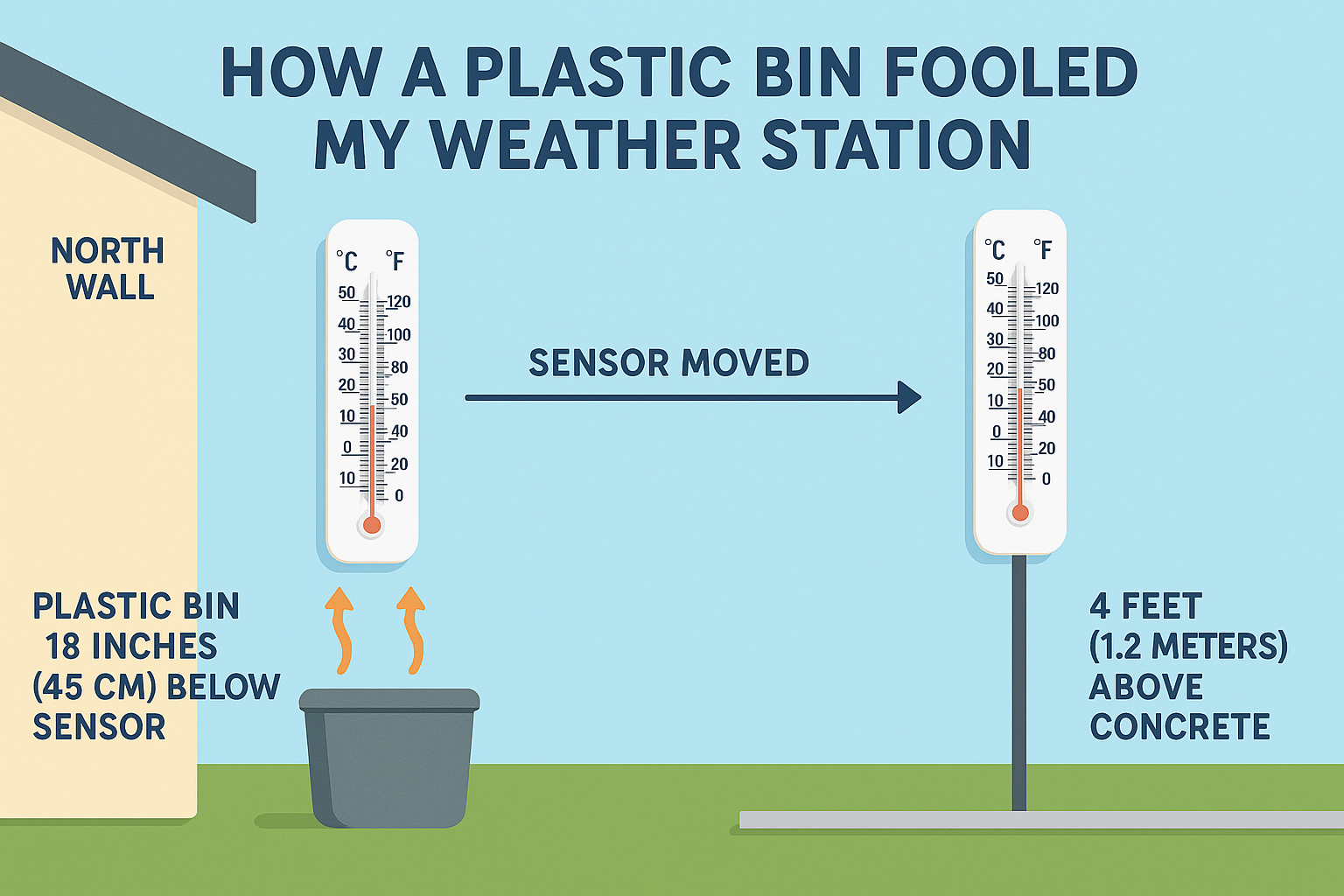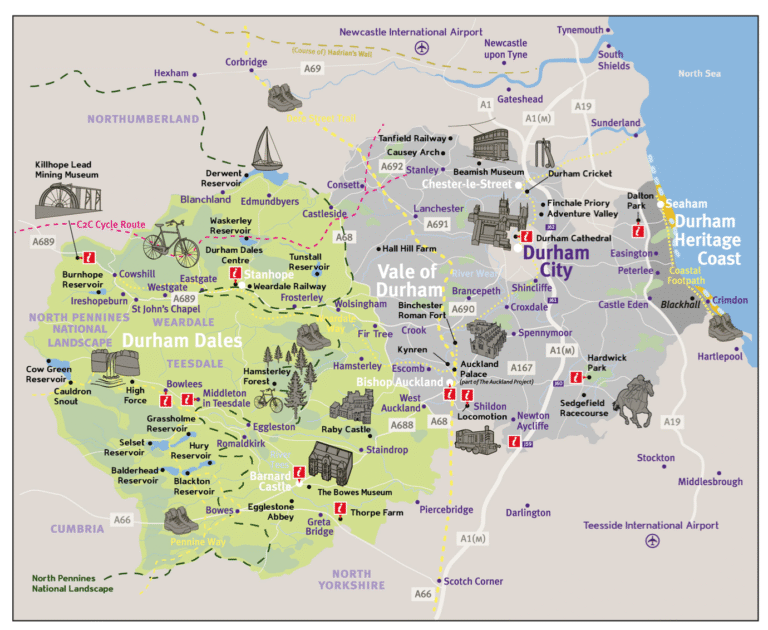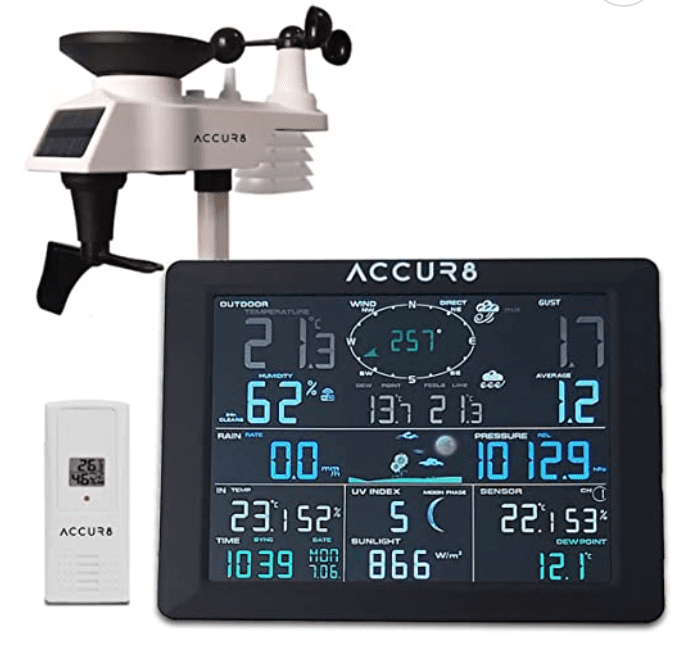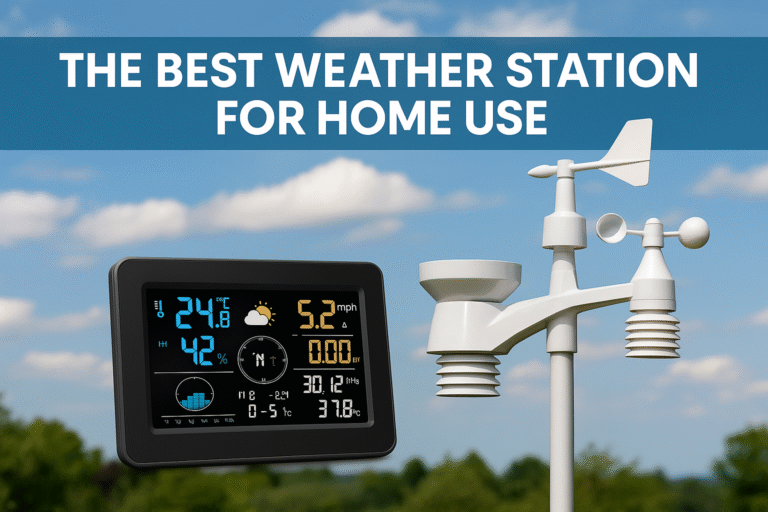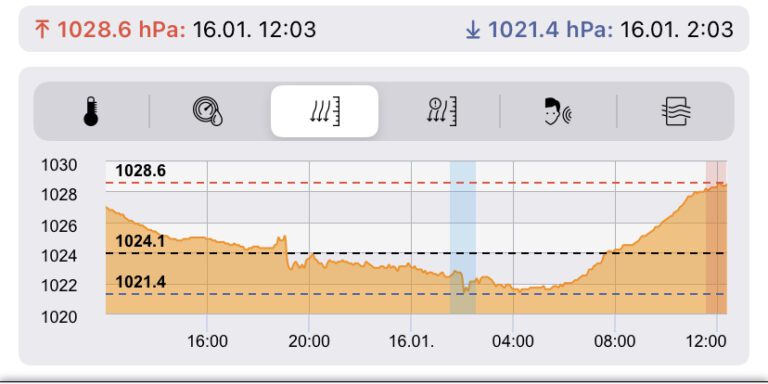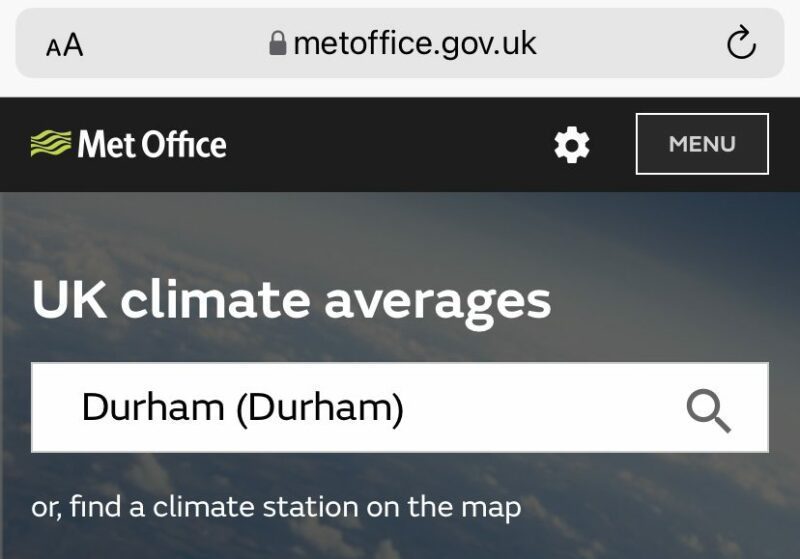Durham Live Weather Data Is Now Available
The Eagle-eyed among you may have noticed a ‘Live Durham Weather’ option has appeared in the header bar. Clicking this will take you to the following page views. You’ll be able to see the current live conditions from the weather station in Durham. You can see the current temperature, the ‘feels like’ temperature, the dew point, todays rainfall, the humidity …

